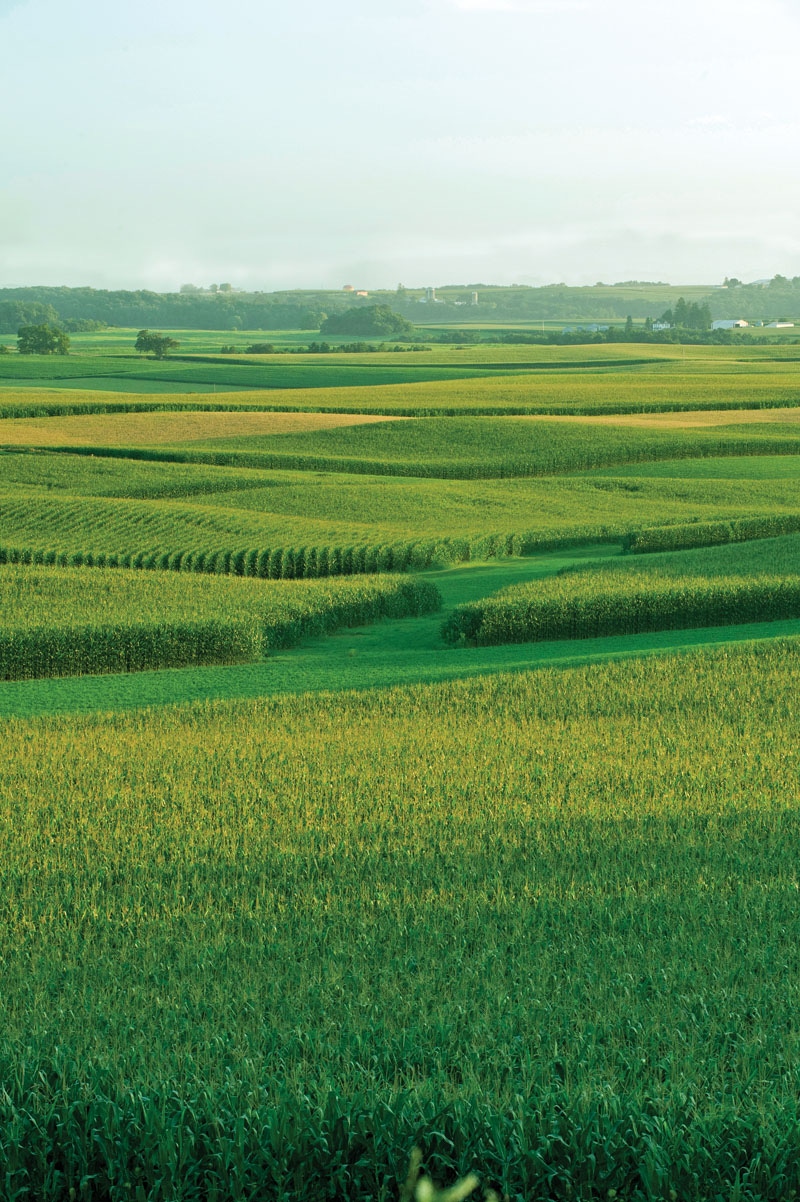July 27, 2012

Farmland values that increased by as much as 20 to 30%, and the factors that may eventually slow those growing ag land values, headline an updated land values analysis issued today by the Rabobank Food & Agribusiness Research and Advisory (FAR) group.
“The six year surge in U.S. agricultural land values continues to be top-of-mind for many in agriculture,” notes report author Sterling Liddell, Vice President, Food and Agribusiness Research & Advisory. “We expected land values to grow significantly in late 2011 and early 2012 and the growth was even stronger than we predicted; in excess of 30% in some cases.”
In the report, “U.S. Farm Land Continues to Dazzle,” Liddell draws a strong correlation between the rate of growth and higher corn, soybean and wheat prices, which resulted from persistently tight global grain stocks and low interest rates.
“Strong fundamentals including elevated commodity prices, low interest rates, increasing rental rates and strong relative returns to agriculture will continue to make U.S. farmland an attractive investment,” says Liddell.
The U.S. Corn Belt region continued to lead land value growth in 2011 and 2012. States including Iowa, South Dakota and Nebraska were estimated by the USDA to have doubled their 2005 values. An expanded group of states, which adds the Northern Plains and Minnesota, saw year-over-year growth in the range of 15 to 30% in 2012.
The report considers interest rate increases to be the key medium-term threat to maintaining current levels of ag land values.
Looking ahead to the first half of 2013, U.S. farmland values are likely to increase at a slower rate than in 2011 and 2012. The slowdown is a result of the dramatic 2012 jump in values as well as looming macroeconomic worries. This slowdown will help to keep values in line with underlying fundamentals. As a result, such a slowing would be beneficial for the long-term financial health of the U.S. crop production industry.
“The prospect of strongly higher interest rates post 2014 and softening commodity prices from current highs present the key long-term risks for U.S. farmland values,” notes Liddell.
You May Also Like




